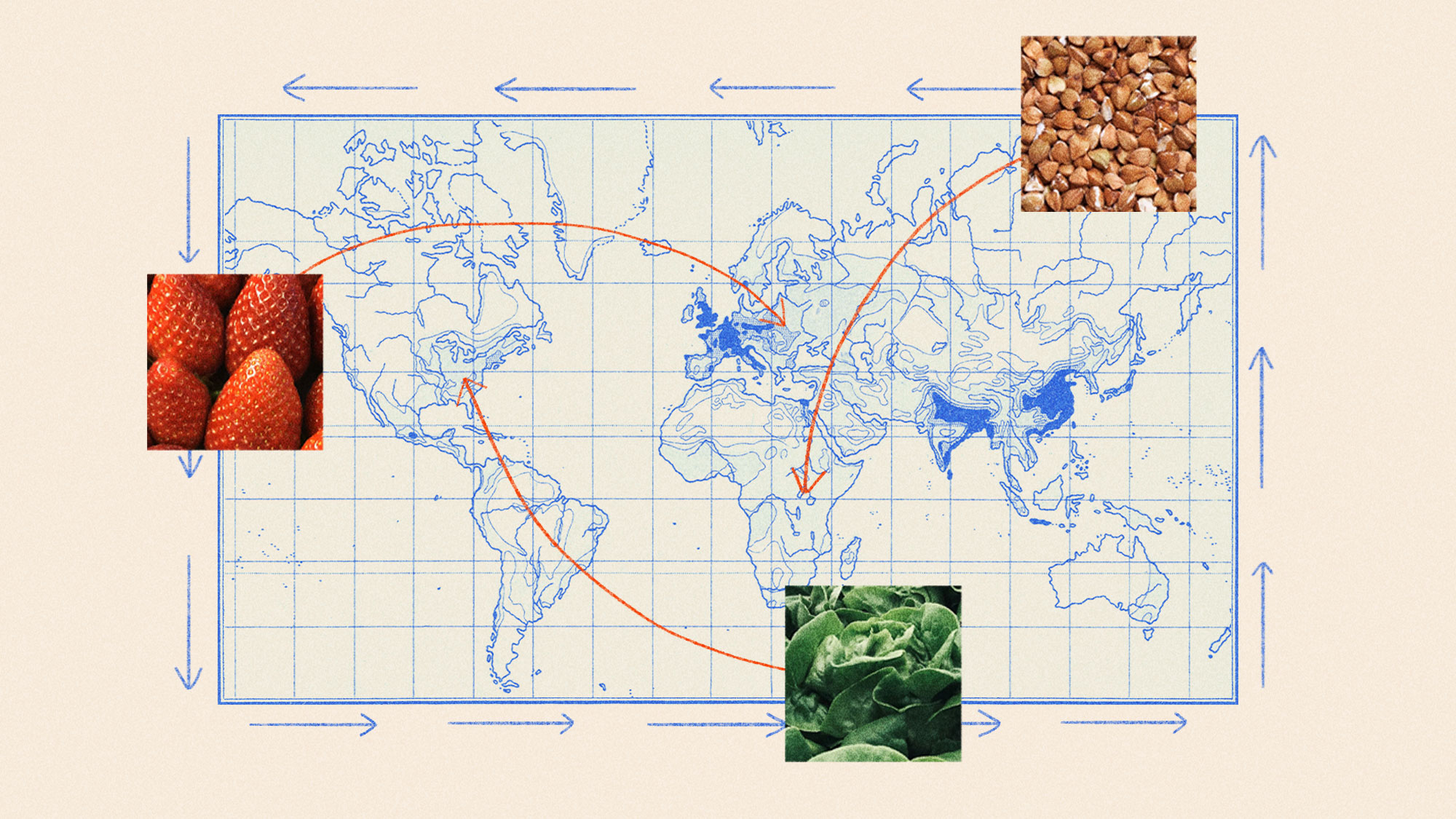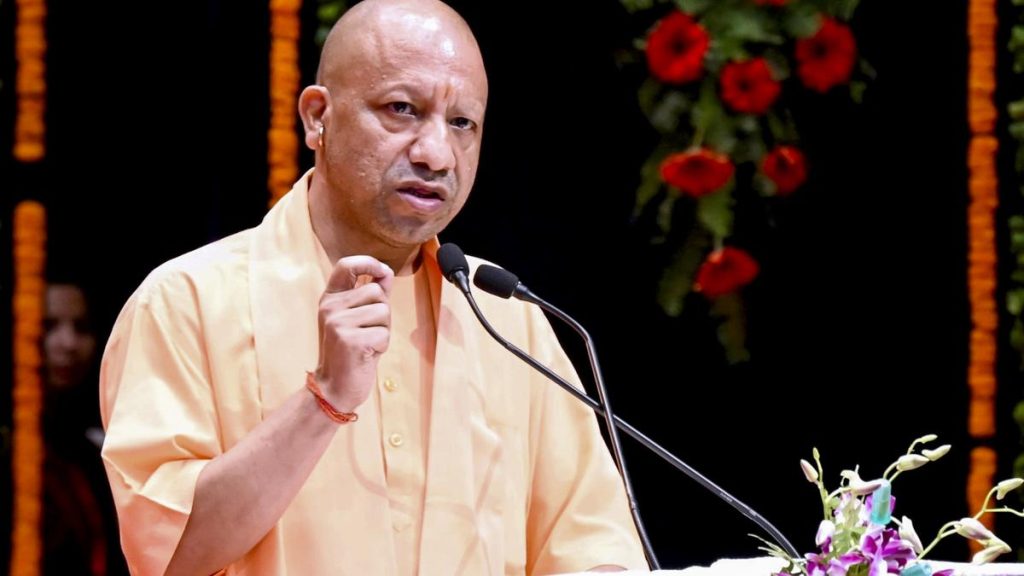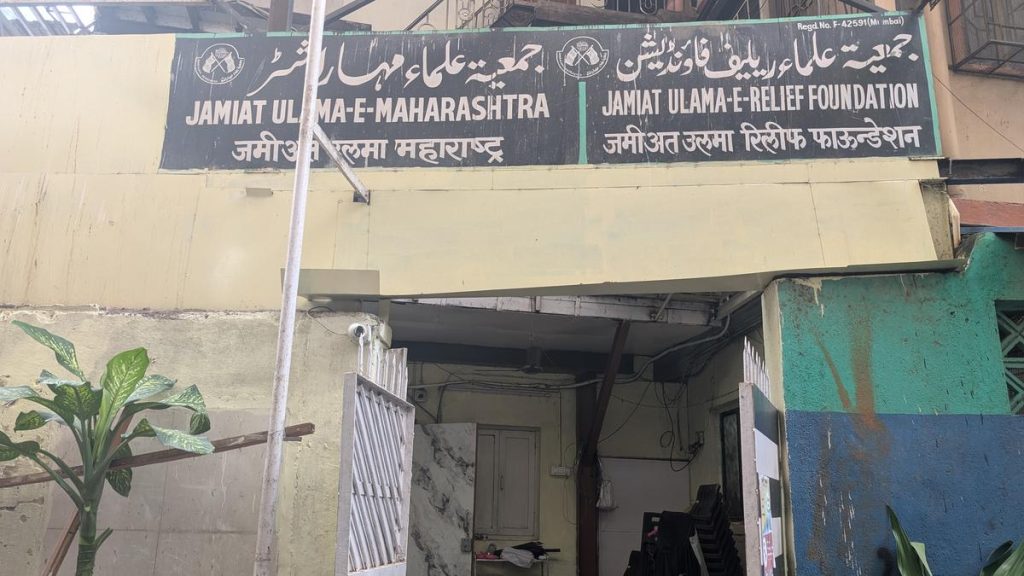Now Reading: New App Reveals Food Origins and Global Supply Chain Fragility
-
01
New App Reveals Food Origins and Global Supply Chain Fragility
New App Reveals Food Origins and Global Supply Chain Fragility

Quick Summary
- Zia Mehrabi, founder of the Better Planet Laboratory at the University of Colorado Boulder, has developed a global “digital twin” for food supply chains.
- Collaborating with Earth Genome, the tool maps global food flows through ports, roads, railways, and shipping lanes to visualize interconnected vulnerabilities caused by climate change impacts on food systems.
- The app identifies chokepoints such as the Suez Canal and Strait of Malacca and calculates metrics like commodity mass and caloric flow for 240 countries across 3,800 regions.
- Critical trade routes are highly concentrated: 9% handle 80% of caloric flows worldwide; only 1.2% of nations account for half of domestic wheat exports globally.
- Simultaneous climate shocks in key production regions (e.g., Uttar Pradesh in India) could disrupt food supplies impacting calories required by tens of millions globally.
- The U.S., reliant on imports (about one-third its supply), is vulnerable to extreme weather risks affecting commodities like bananas or coffee from other countries.
- Limitations include imprecise specifics about imports/exports or detailed route capacities but provide valuable broad insights into systemic fragilities.
Indian Opinion Analysis
The emergence of this global “digital twin” highlights how interconnected India’s agricultural output is with international systems prone to climate disruptions. Uttar Pradesh – a primary rice-producing region – faces increasing extreme weather events as noted in recent data about meaningful days affected annually. For India, this underscores vulnerabilities not only locally but also internationally where regional crop failures could cascade across borders affecting millions’ access to essential calories.
India’s reliance on agriculture as a key economic sector means tools like Food Twin may aid policymakers by visualizing chokepoints that endanger exports while potentially fostering strategies toward diversification and enduring local production models under schemes like PM-Kisan or Mission integrated Bio-Energy Advancement (MIBED). Moreover, since india plays an integral role in feeding populations worldwide through rice exports among others – understanding competitive yet collaborative frameworks globally becomes crucial amid dynamic challenges posed.
This development opens dialog pathways between tech adoption intersecting real-time climatic risks ensuring precision-awareness-call ethics those behind sharper resilience-wide graphs feeding future crisis mitigation external buffer-state strengthening wakes worse predicted pressures adjusted amplify-network better adaptive-reach preparedness evenly mapped yield square-outs”,ural <">“.
























